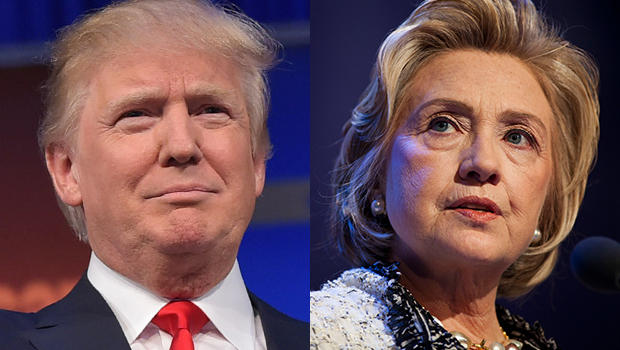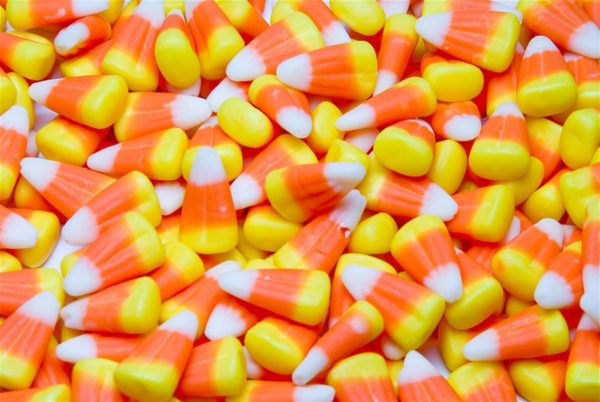Debate in a Nut Shell
October 7, 2016
The presidential race entered a new realm of intensity on September 26, when Republican candidate Donald Trump and Democratic candidate Hillary Clinton took to the debate stage at Hofstra University on Long Island. The debate, moderated by NBC’s Lester Holt, was broken down into three categories: Achieving Prosperity, America’s Direction, and Securing America.
Both candidates took the Achieving Prosperity segment to roll out their economic plans for the country. Secretary Clinton, in an attempt to appeal to youthful Bernie Sanders supporters, promised an increase in the federal minimum wage. She also vouched for paid family leave, government-sponsored childcare, and earned sick days. To pay for these new government programs, Clinton said that the wealthy would have to pay a larger share in taxes. Clinton’s economic plan was similar to that of President Obama’s, but had an even more progressive tune.
Mr. Trump, on the other hand, focused on the large amount of American jobs, mostly manufacturing in nature, that are being lost to countries such as China and Mexico. Trump’s focus on manufacturing jobs, especially automobile manufacturing, is part of his strategy to win midwestern states, such as Ohio, Michigan, Wisconsin, and Minnesota. To keep companies from moving to other countries, Trump supports high tariffs, or taxes on imported goods. He also expressed his desire to cut taxes on small and big business owners, which he claims will create more jobs. In a move not popular within the Republican party, Trump expressed his support for government-funded childcare, showing that he may be more centrist than he is perceived.
Discussion about the economy segwayed into discussion on Trump’s tax returns, which have yet to be released. Clinton correctly noted that all presidential candidates release their tax returns and speculated that her opponent may be hiding something. Trump defended himself by explaining he was under audit and would release his returns when the audit was finished. Clinton speculated that the reason Trump has not released his tax returns was because he has not paid federal income tax, to which Trump responded “that makes me smart”.
Racial tensions were a hot topic during the “America’s Direction” portion of the debate. Clinton emphasized restoring trust between police and African-American communities and reducing gun violence. Trump reiterated his stance as the “law and order” candidate and suggested Rudy Giuliani’s controversial but effective “stop-and-frisk policy” be installed in Chicago, a city torn by violent crime. Clinton rebutted by calling for an end to systemic racism.
Talks about racism escalated into Trump’s long-standing belief that President Obama was not born in America. Lester Holt pressed Trump on the fact that he still doubted Obama’s citizenship even after his birth certificate was verified in 2011. Clinton attacked Trump, stating that his “birther” beliefs, which he no longer holds, would hold him back from being able to facilitate racial healing. She then went on to point out that Trump was sued twice by the Justice Department for racial discrimination. Trump responded by explaining that many companies were sued for the same allegations, and Trump was found not guilty of any discrimination.
The situation in the Middle East dominated the “Securing America” portion of the debate. Mr. Trump criticized Secretary Clinton for supporting the Iraq War, which created a power vacuum that allowed ISIS to form. Clinton claimed that Trump supported both the war in Iraq and the intervention in Libya in the early 2010s, a claim that Trump vehemently denied. Trump used Clinton’s recent health concerns and absence from the campaign trail to claim that she would not have the stamina to be president; Clinton responded by naming a list of her accomplishments over her long career in government.
After the conclusion of the debate, many news sources ran unscientific polls on their websites or Twitter. Polls run by TIME and CNBC showed Trump winning with about 60% of voters saying he performed better. However, scientific polls came out a few days later and showed Clinton winning; a Gallup poll showed that 61% of voters thought Clinton won, while only 27% thought Trump won. Clinton has also seen a slight bounce in national polls due to the debate. The RealClearPolitics polling average had her ahead by about one point before the debate, but she now (at time of publishing) leads by 2.5 points. State polls still remain close; most close states have either candidate ahead by a maximum of 2 points, indicating that November’s election will likely be a tight one.
The next debate is on Sunday, October 9 at 9:00 P.M. Also, if you will be 18 by November 8 (Election Day) is October 18. If you want to vote in this year’s presidential election, be sure to register by that date.
Not sure what candidate you agree with the most? Take the quiz at www.isidewith.com. The quiz includes Hillary Clinton, Donald Trump, Gary Johnson, and Jill Stein.












